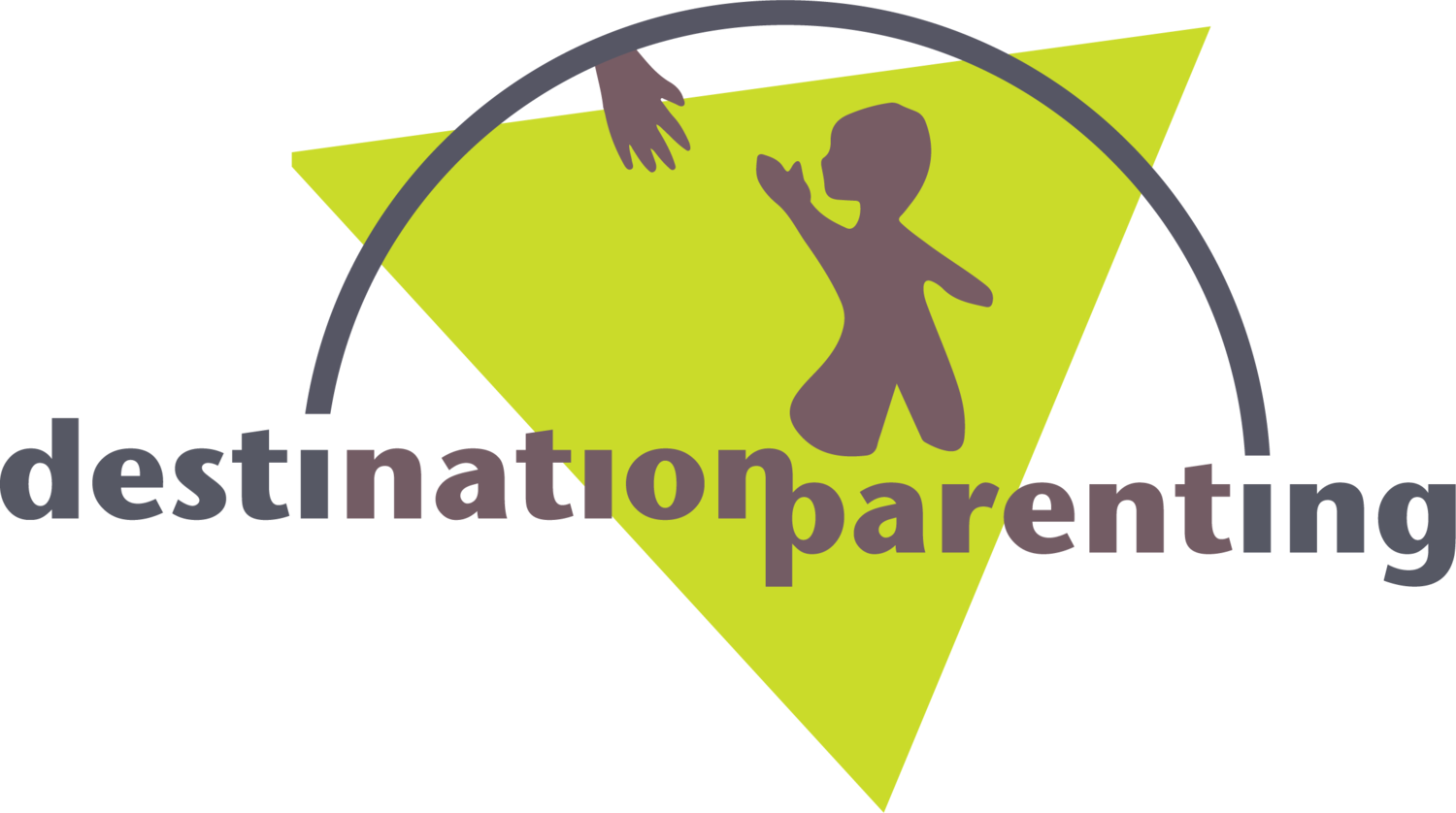Keeping Your Child Safe
As a parent there are few scarier thoughts than our child being injured while in our care. We’d like to think we do all in our power to safety-proof our homes, cars and playgrounds. But despite our best efforts, thousands of babies and toddlers still get hurt each year in the U.S. How much do you know about the greatest risks to your youngest family members?
What risks does my child face?
While some parents obsess about a stranger hurting their young child, odds are the biggest risks to your child’s well being are in or around your home. Nearly 3000 children under age five died in 2004 from preventable injuries and the top six causes are listed below with suggestions of what to do.
Motor vehicle accidents.
This goes beyond car-seat use (a no-brainer) and includes children crossing the street or parking lot, as well as tricycles/ride-on toys. Always make your child hold your hand and don’t let him play outside unsupervised. Research shows that children with attentional deficits are at an even higher risk of this type of injury.
Drowning.
You may think of pools instantly, but you should also think of the bathtub and sink as risks. Never leave a child unattended near open water of any kind! It only takes a few seconds for a child to submerge and it is a silent death. Sadly, many deaths have occurred when a parent left an infant in the presence of an older sibling in the tub. No phone call or household task is more important than staying with your child.
Falls.
Nearly 80% of falls occur at home, and not just down stairwells. Kids in this age range (under age 5) are susceptible to falls from windows when they lean on improperly secured screens. Another underappreciated culprit: trampolines, which accounted for over 92,000 ER visits (mostly of preschool and school aged children) in 2003.
Burns.
Most parents think of the stove, but a large number of injuries come from infants scalded with hot water in the bathtub (3 seconds is enough for a third degree burn) or from a cup of tea/coffee spilled on them. Lower the water heater at your home to 120 degrees F.
Airway obstruction (choking/suffocating).
Take the advice of experts and keep your baby’s sleep environment clear of bedding, pillows, bumper guards or other nursery décor that, while cute, could pose a hazard to an infant. If an item says it is not for a child under age three, believe it. And, recognize that kids put coins and plants in their mouths all the time.
Poisoning.
Luckily, label alerts are far superior that just a few years ago, and childproof caps have made a world of difference. Know that ipecac is no longer recommend as the first line of defense for poison ingestion. Rather, you should call the National Poison Control Hotline at 1-800-222-1222. Post this number around your house or program it into your phone!
It takes a village.
You should know that there are lots of professionals behind the scenes who are looking out for your child’s safety every day. Whether through product testing, applying safety standards or implementing recalls, it is a joint effort to reduce risks to kids. In fact, safety standards for juvenile products (industry lingo for “kids’ stuff”) have greatly improved the quality of items our children sit in, play with and sleep on. The standards help responsible manufacturers to produce safer bathtubs, feeding seats, pacifiers and bedrails. Look for seals of approval from certifying agencies before you invest in products for your child.
What else can parents do?
Stay abreast of recalls of infant products and beware of purchasing second-hand items. Hand-me-downs also need to be considered carefully, as safety standards change over time. A good example is baby walkers, once sold everywhere. Ten years ago it became apparent that they were associated with more accidental injuries than any other baby product. Many of these injuries involved falls. New regulations required that walkers no longer fit through standard doorways, and the number of injuries have dropped by over 60%. Many health providers recommend that such products not be sold, since even when well made, they increase a child’s ability to get into danger. Yet, no doubt you can find old walkers at your neighborhood yard sale. Do not buy one!
Read instructions carefully before assembling any product for your child, whether it is a small toy or a large bassinet. While time-consuming, they contain important information about the proper use (and misuse) that you should know up front. Now is not the time to guess how something fits together!
Learn CPR and seek out babysitters who also have these skills. Review your safety rules with all substitute caregivers and keep safety phone numbers at hand. Keep risks in perspective. We should not lose sight of the fact that our children are far safer than in years past. It’s just that as parents, almost safe isn’t safe enough.
(Check out other helpful resources; cpsc.gov; safekids.org; kidsrisk.harvard.edu)
*********************************
Maureen O’Brien, PhD is a developmental psychologist and mother of twins who lives in Boston. She lectures and consults on child development and parenting issues and is the author of the parenting series, Watch Me Grow: I’m One-Two-Three.



